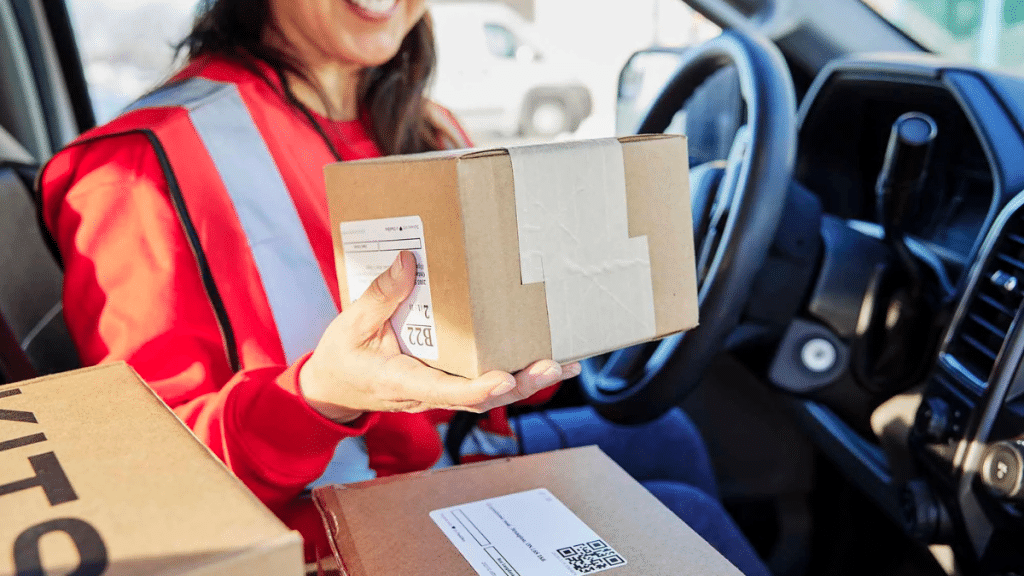In the modern digital economy, the way goods move from warehouse to customer is evolving rapidly. As online commerce becomes the norm and customer expectations rise, businesses of all sizes are turning to third-party delivery services to meet demand and streamline operations. These partnerships aren’t just about outsourcing logistics—they’re about leveraging advanced technology and scalable solutions to drive real business growth.
Third-party delivery services bring an array of benefits that go far beyond transportation. By integrating logistics expertise, advanced software, and optimized workflows, these platforms help businesses reduce costs, expand their reach, and deliver a superior customer experience.
Seamless Scalability and Flexibility
For many businesses, managing an in-house delivery system is not only expensive but also difficult to scale. During periods of high demand—like holidays or sales events—internal teams may become overwhelmed, leading to delays and customer dissatisfaction.
Third-party services offer scalable infrastructure that can flex with business needs. Whether you’re a startup shipping a handful of items a week or a large retailer handling thousands of daily orders, these services can adjust capacity accordingly without requiring significant internal investment.
Enhanced Customer Experience
Today’s consumers expect fast, reliable, and transparent delivery. Partnering with a third-party provider allows businesses to meet these expectations without building the systems themselves. Real-time tracking, automated status updates, and estimated delivery windows are now standard features, helping to improve the overall customer experience.
When customers are informed every step of the way and receive their items quickly and on time, brand trust and loyalty increase significantly. In a competitive market, this can make the difference between a one-time purchase and a long-term customer relationship.
Technology-Driven Efficiency
One of the greatest advantages of third-party delivery services is their use of advanced logistics technology. These platforms employ route optimization algorithms, demand forecasting, and automated dispatch systems that streamline operations and reduce costs.
Businesses can integrate these services directly into their e-commerce platforms or point-of-sale systems, automating order processing and reducing manual effort. With the click of a button, an order can be routed, scheduled, and dispatched, eliminating human error and improving operational efficiency.
Faster Time to Market
Launching a delivery service in-house can take months of planning, hiring, and infrastructure development. By contrast, third-party services are ready to go, allowing businesses to launch new delivery capabilities almost instantly.
This speed to market is especially beneficial for new product lines, promotional campaigns, or market expansion efforts. Instead of waiting to develop internal capacity, companies can test ideas and reach customers quickly, gaining valuable market insights and feedback.
Reduced Operational Costs
Managing logistics internally requires investment in vehicles, drivers, insurance, maintenance, and fuel. These fixed costs can be a heavy burden, especially for small and mid-sized businesses. Partnering with a third-party provider converts these costs into a variable model—you pay for what you use, and nothing more.
This shift from fixed to variable costs makes budgeting more predictable and helps businesses avoid the financial risk associated with maintaining underused assets.
Eco-Friendly Delivery Options
With growing awareness of environmental issues, many businesses are seeking ways to reduce their carbon footprint. Some third-party delivery services now offer green logistics solutions, such as electric vehicle fleets and consolidated route planning to minimize emissions.
These eco-friendly services help businesses align with their sustainability goals while appealing to environmentally conscious consumers.
Broader Geographic Reach
Third-party delivery services often operate across wide geographic areas, including cities, suburbs, and even rural regions. By partnering with these services, businesses can expand their delivery radius without needing to establish multiple physical locations or invest in regional distribution networks.
This broader reach allows companies to serve more customers and grow their market share without the traditional barriers to expansion.
Focus on Core Business Functions
Perhaps one of the most important benefits is the ability to focus on what you do best. When delivery and logistics are handled by a trusted partner, internal teams can concentrate on product development, marketing, customer service, and other mission-critical tasks.
By reducing distractions and allowing staff to prioritize strategic objectives, businesses can operate more efficiently and innovate more freely.
Consistent Performance and Reliability
Third-party providers are specialists in logistics—they have the tools, personnel, and processes to ensure high performance. This consistency translates to fewer errors, faster delivery times, and better overall service for your customers.
Reliability is key in today’s e-commerce-driven world. Missed or delayed deliveries can damage your reputation and drive customers elsewhere. Working with an experienced third-party partner reduces these risks.
The Competitive Advantage
In many industries, delivery performance is now a differentiator. Companies that can offer faster, more reliable, and more transparent delivery options have a competitive edge. With third-party services, even small businesses can compete with major players by offering premium delivery experiences without the premium price tag.
As consumer habits continue to evolve, adapting to these expectations is crucial. Businesses that ignore the importance of delivery logistics risk falling behind.
Conclusion
Partnering with third-party delivery services is a strategic move that can transform how your business operates. From enhancing customer satisfaction to enabling rapid growth and reducing overhead costs, the benefits are substantial. These services offer the tools and infrastructure businesses need to stay agile, efficient, and competitive in a rapidly changing market.
For companies looking to deliver excellence—literally and figuratively—third-party logistics providers are more than just vendors; they are vital partners in long-term success.
